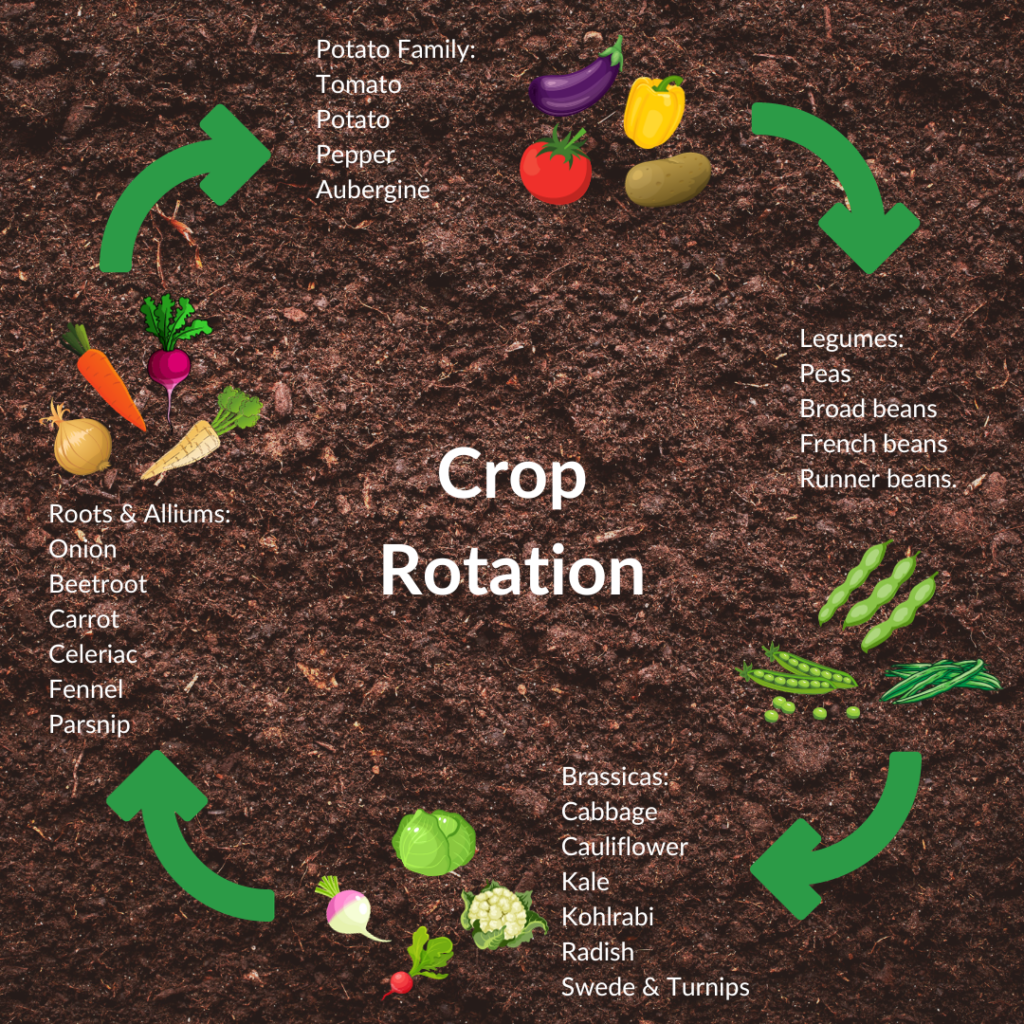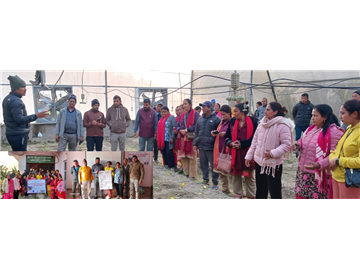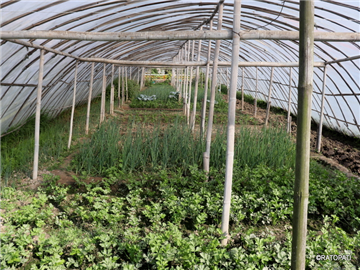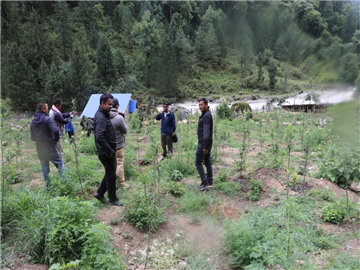The Advantages of Crop Rotation: A Smart Strategy for Sustainable Agriculture

The Advantages of Crop Rotation: A Smart Strategy for Sustainable Agriculture
Advantages of Crop Rotation: Unlocking Its Benefits in Agriculture
Introduction
Crop rotation plays a vital role in sustainable farming practices, offering numerous advantages that are essential for modern agriculture. Understanding the advantages of crop rotation can help farmers improve their yield, maintain soil health, and reduce reliance on chemical fertilizers and pesticides. In this blog post, we will explore the various benefits of crop rotation and how it can contribute significantly to productive agriculture.
What is Crop Rotation?
Crop rotation is the agricultural practice of growing different types of crops in the same area over consecutive seasons. By rotating crops, farmers reduce the risk of pests and diseases, enhance soil fertility, and manage nutrient depletion effectively. This technique can vary in complexity, ranging from simple rotations of two crops to more complex rotations involving multiple crops over several years.
Advantages of Crop Rotation
Improved Soil Health
One of the most significant advantages of crop rotation is the enhancement of soil health. Different crops have varying nutrient needs, and by rotating them, farmers can prevent nutrient depletion. For example, legumes such as peas and beans can fix nitrogen in the soil, improving its overall fertility for subsequent crops that may require more nitrogen.
Pest and Disease Control
Rotating crops disrupts the life cycles of pests and diseases. When the same crop is planted repeatedly in the same location, pests and pathogens can build up in the soil and become more difficult to control. By changing the type of crop grown, farmers can significantly reduce the population of these harmful organisms. This natural form of pest management minimizes the need for chemical interventions and contributes to a healthier ecosystem.
Enhanced Biodiversity
Crop rotation promotes biodiversity on farms. By planting different crops, farmers can create a more varied habitat for beneficial insects, birds, and other wildlife. This increased biodiversity can lead to a more resilient farming system, as a varied ecosystem is generally better equipped to withstand pests, diseases, and environmental changes.
Increased Crop Yields
Studies have shown that crop rotation can lead to higher overall yields. The rotation of crops allows for optimal nutrient use, helps control pests and diseases, and improves soil structure. All of these factors contribute to a more productive agricultural system. For instance, farmers who practice crop rotation often find that their soil retains moisture better, leading to improved growth conditions during dry spells.
Economic Benefits
The economic advantages of crop rotation can be profound. By reducing the need for chemical fertilizers and pesticides, farmers minimize their input costs. Additionally, healthier crops with higher yields can lead to better market prices and increased profitability. Implementing crop rotation can also provide farmers with a reliable supply of varied crops, which can reduce risks associated with market fluctuations for single crops.
Benefits of Crop Rotation in Agriculture
The benefits of crop rotation in agriculture extend beyond the farm; they include environmental sustainability and the long-term viability of farming. Sustainable practices like crop rotation can:
-
Decrease the need for irrigation through improved soil moisture retention.
-
Lower greenhouse gas emissions by reducing dependence on synthetic fertilizers.
-
Enhance soil structure and reduce erosion, promoting long-term agricultural health.
For more insights on sustainable farming practices, you can check out Sustainable Agriculture Research and Education for resources and strategies that complement crop rotation.
Conclusion
In summary, the advantages of crop rotation are numerous and far-reaching. From improved soil health and pest control to enhancing biodiversity and boosting crop yields, this practice is a cornerstone of sustainable agriculture. By adopting crop rotation, farmers can enjoy economic benefits while promoting environmental health.
















